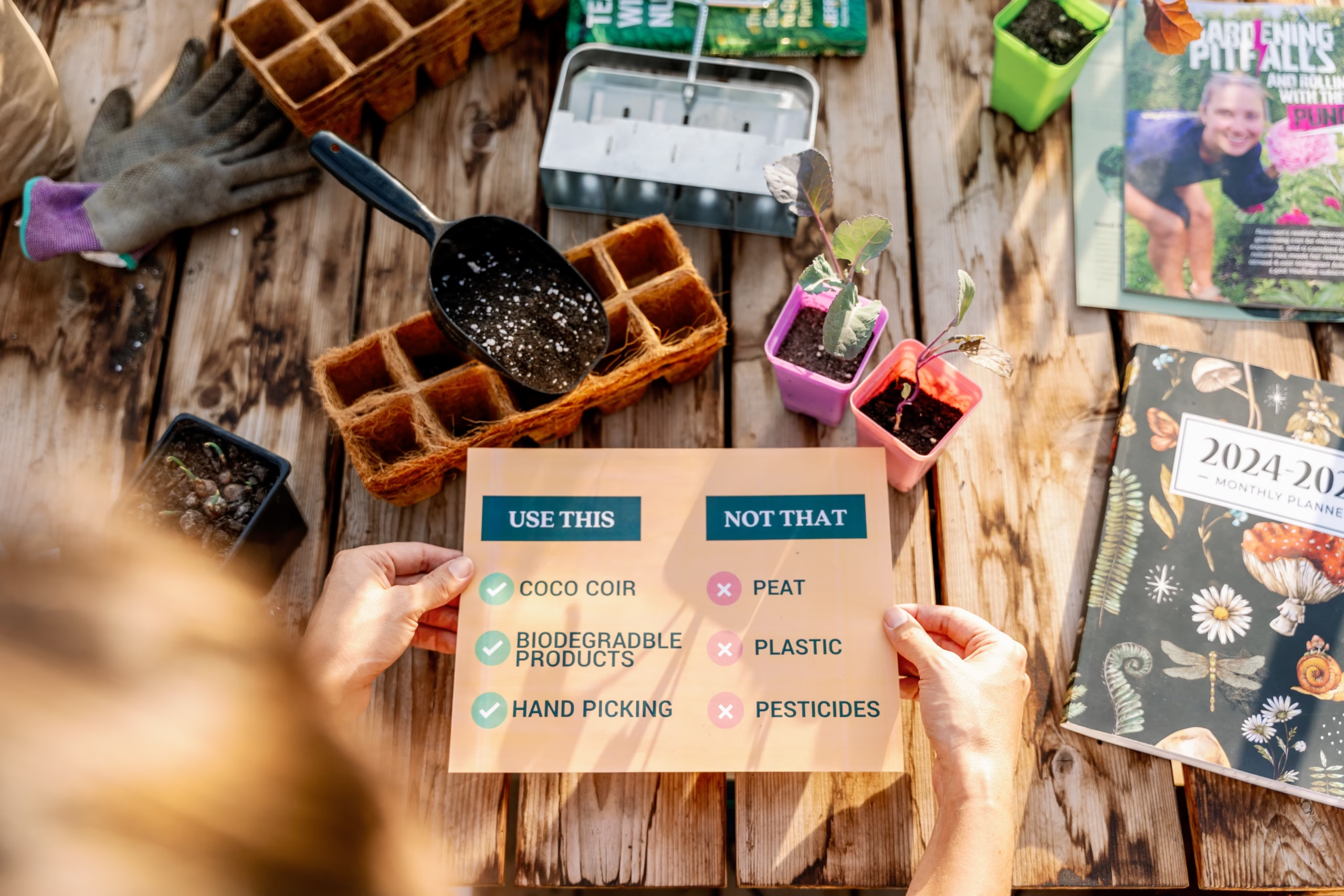

If you’re new to gardening, or curious to know what is changing in the hobby then you’ll love this article. These are the top 12 trends to follow this year, and I couldn’t be more excited to see how many of them are around sustainability and becoming a steward to the land. I hope that this article inspires you to try something new and continue to grow your garden into the 2025 season!
What does resilient gardening mean and why is it a trend for this year? Resilient gardening is all about building a garden that can withstand whatever gets thrown at it. And as the climate crisis worsens, this is becoming more of a concern for many gardeners. Learning how to grow a garden that can withstand droughts, floods, wildfires or high winds is becoming more of a priority for gardeners this year.

Luckily for the insects and animals around us, planting natives instead of invasives or ornamentals is becoming a trend this year. Especially with the news about monarch butterfly populations, more gardeners are hoping to support butterflies like the monarch, and other insect and animals. Your native pollinators and wildlife are best suited to native plants that were once found in your area before it was mowed down and built on. If you’re looking to build up your native planting, your province, state or local organizations will have a list of native plants that work for you. I love this trend and am so glad to see it on the list for 2025.
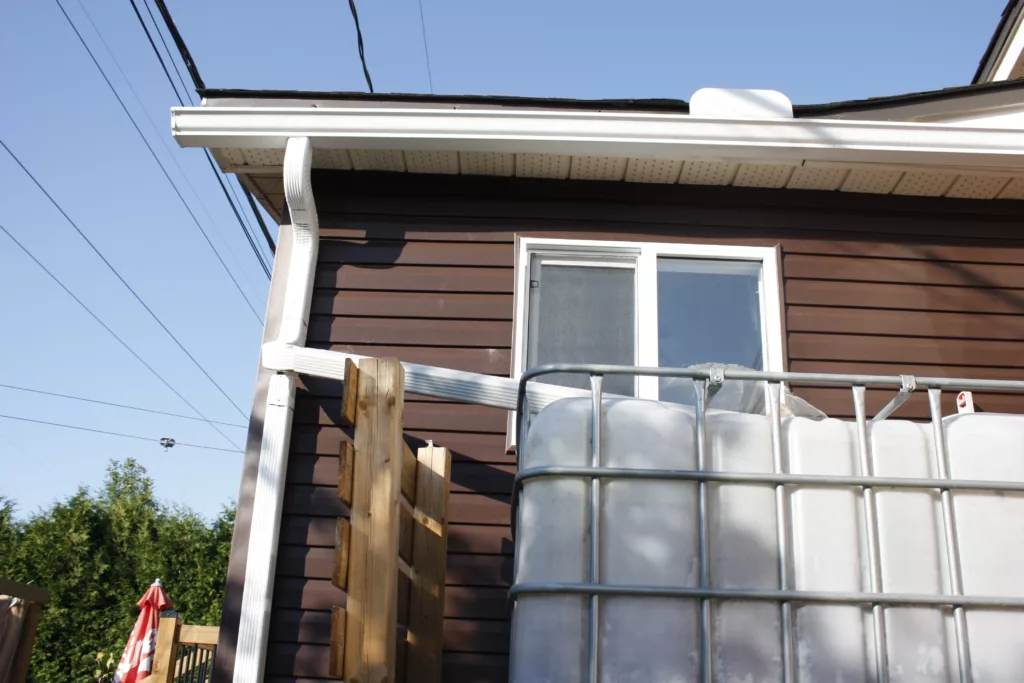
As the weather is changing, many gardeners are seeing increased rainfall in their growing space. This is why gardeners are looking at removing non-permeable surfaces (like pavement or driveways) in place of more permeable options (small stone patios for example). Adding a rain garden will also help move water away from unwanted areas. The same goes for gardeners who have been experiencing droughts, 2025 is going to see the trend of better water management, such as watering timers, better watering systems or setting up rain barrels.
It’s not hard to guess why this is a trend in 2025. So what is a fire resistant garden? Fire resistant gardening is a way to landscape on your property while minimizing any danger if there is a wildfire or any other uncontrolled fire in your area. As the seasons are getting hotter and drier, many areas are seeing increased and longer fire seasons. Knowing how to landscape your garden to minimize fire risks, while also planting fire resistant plants can help you feel safer during the next hot season.
As land is becoming harder to own, gardeners are moving to sidewalk boulevards and rooftops to grow a garden. As this becomes more popular, it leaves cities with no choice but to start changing their by-laws to allow this type of gardening to take place. Growing food has become much more important than growing grass so it’s time to see more sidewalk gardens!
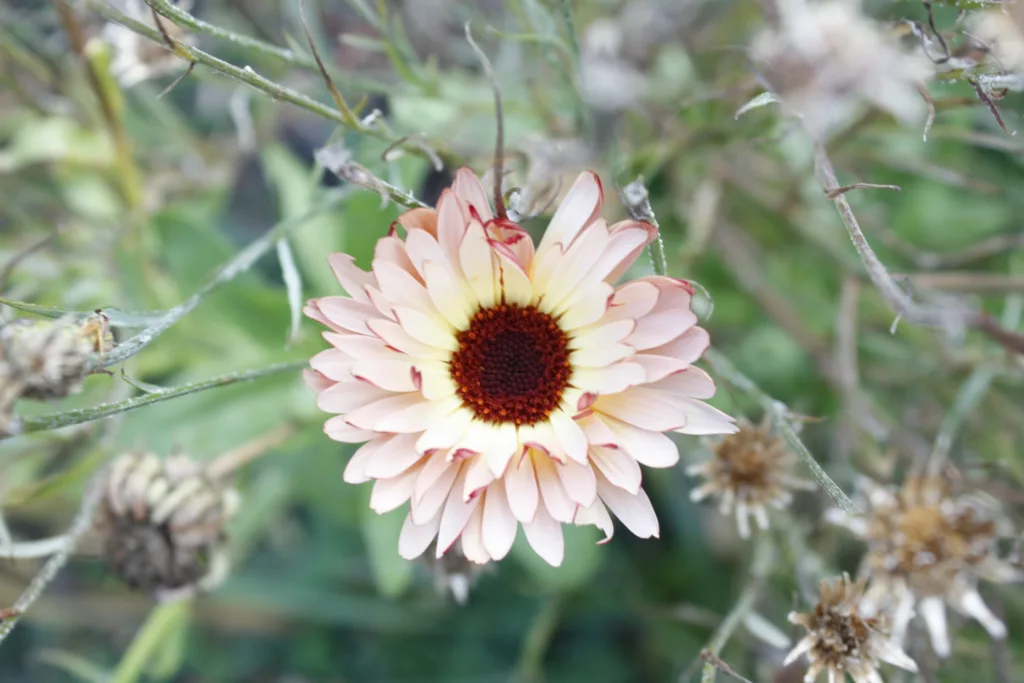
More and more of us are in need of a space that is quiet, calm and tranquil. The more we are exposed to negative news, violence, climate change and other experiences, the more we need a space to go to relax. Growing a therapy garden is a great way for you to enjoy gardening, while also getting the benefits from plants. A therapy garden can be growing plants that activate your senses, growing your own medicinals, creating calming salves or creating a unique space for you to unwind and meditate or read. With everything going on in the world, building a therapy garden is exactly what we need this season.
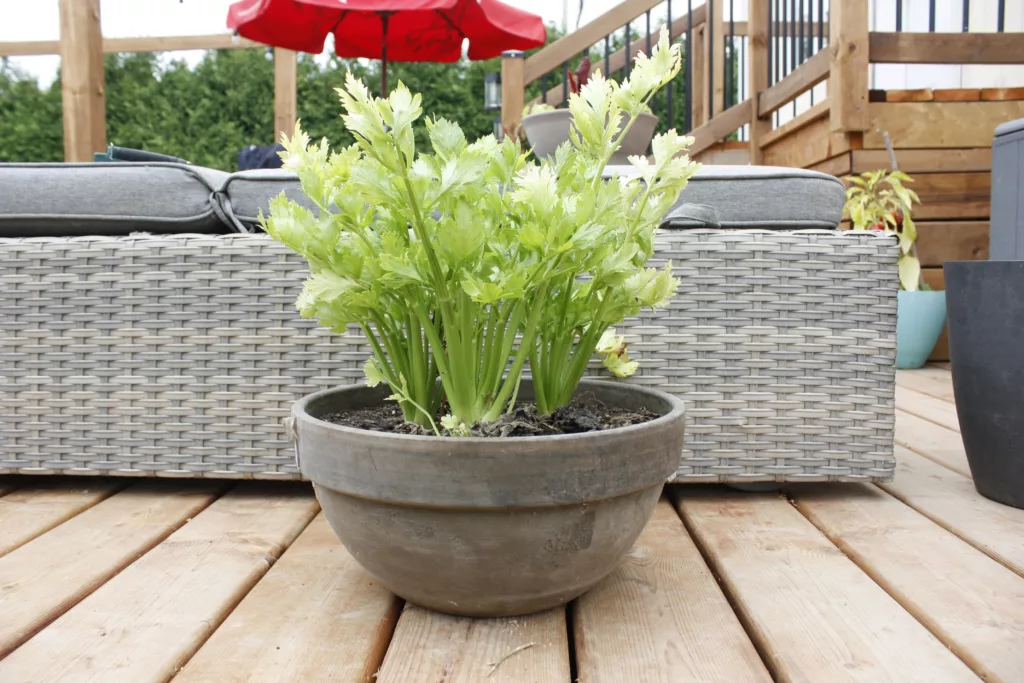
It’s no secret housing prices in Canada and the United States are out of control. But renters also want to garden which means container gardens are becoming more popular. Patio or container plant varieties are becoming more popular, with renters and small yard growers turning to containers to grow a garden. Since the housing market doesn’t look like it’s slowing down any time soon, it’s time to learn to grow in small spaces and enjoy the fruits of your labour!
There is a cool new movement coming out where organizations are becoming garden matchmakers. If you have a lawn or land that you aren’t using, you can let others borrow or rent your land to garden on. It’s like a community garden but pairing private landowners with people in apartments or dwellings with no land. There are a few initiatives already taking place, with one in particular in Vancouver called Garden 4 Thought.
This trend is going to catch on quickly, so keep an eye on your local organizations in your city to find out if one already exists. Otherwise, reach out to a local food growing group to see if you can get one started.
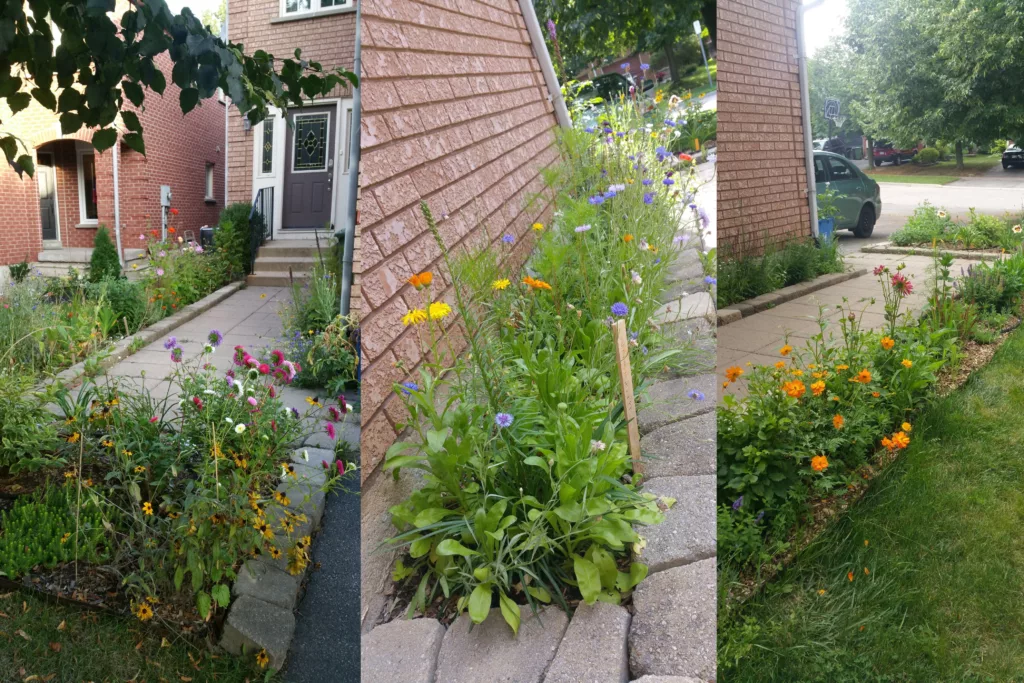
Wild gardening is the new and improved chaos gardening. Wild gardening is all about letting go of aesthetics, perfectly trimmed lawns and plants that serve no purpose other than to be pretty. It’s all about gardening in a way that brings you joy, planting for wildlife and supporting pollinators. This type of gardening focuses more on natives, pollinator supporters and re-wilding, in comparison to the perfectly aesthetic garden. Since our insect, bird and bat populations are declining at concerning rates, this is a welcome trend for this season!
Say goodbye to lawns. They’re biodiversity wastelands anyway. This year people are choosing to convert their lawns from grass to clover or other plants that support wildlife but still give that green lawn look. As gardeners are becoming more aware of the inputs that lawns require, and the scarcity of water as the weather gets hotter, they’re saying goodbye. Most grasses in lawns aren’t native to the area they’re grown in, they don’t support any insects or animals and require a lot of inputs from water to lawn mowing. Lawns take up more time than they offer back so converting them to garden or clover supports pollinators, and reduces the work for you. This is another trend that I’m happy to see.

It’s time to say goodbye to pesticides, herbicides, fungicides and synthetic fertilizers because they do more harm than good! All of these chemicals produce harmful greenhouse gases from their production, all the way to application. Not only that, but they’re harmful for both humans and all wildlife. Save money, stop buying harmful chemicals and start making your own. Making your own fertilizer at home is super simple, and there are so many simple ways to save your plants from pests that you don’t need to keep using those chemicals. The trend of moving away from harmful practices to earth-friendly ones is incredibly exciting!
It’s no surprise that AI has found its way to the garden world. Although it’s still new, there are quite a few toys and tools out there that are using AI or technology to grow your garden. The first up is table top hydroponic systems like Click and Grow that have the nutrients, water and light all built into the system so it’s less guess work for you to grow.
The next trend in AI gardening is smart garden systems that allow you to time when you water and how you water. One of the more common smart systems out there right now is the Gardena smart system which includes an app and multiple products that allow you to monitor your soil moisture, control your fountains or lights from your phone and, of course, have a robotic lawnmower. This is definitely a trend of 2025 that is worth following.

Gardening Advice for Short Season Gardeners
Privacy Policy • Terms and Conditions
© 2025 by Urban Gardening Canada